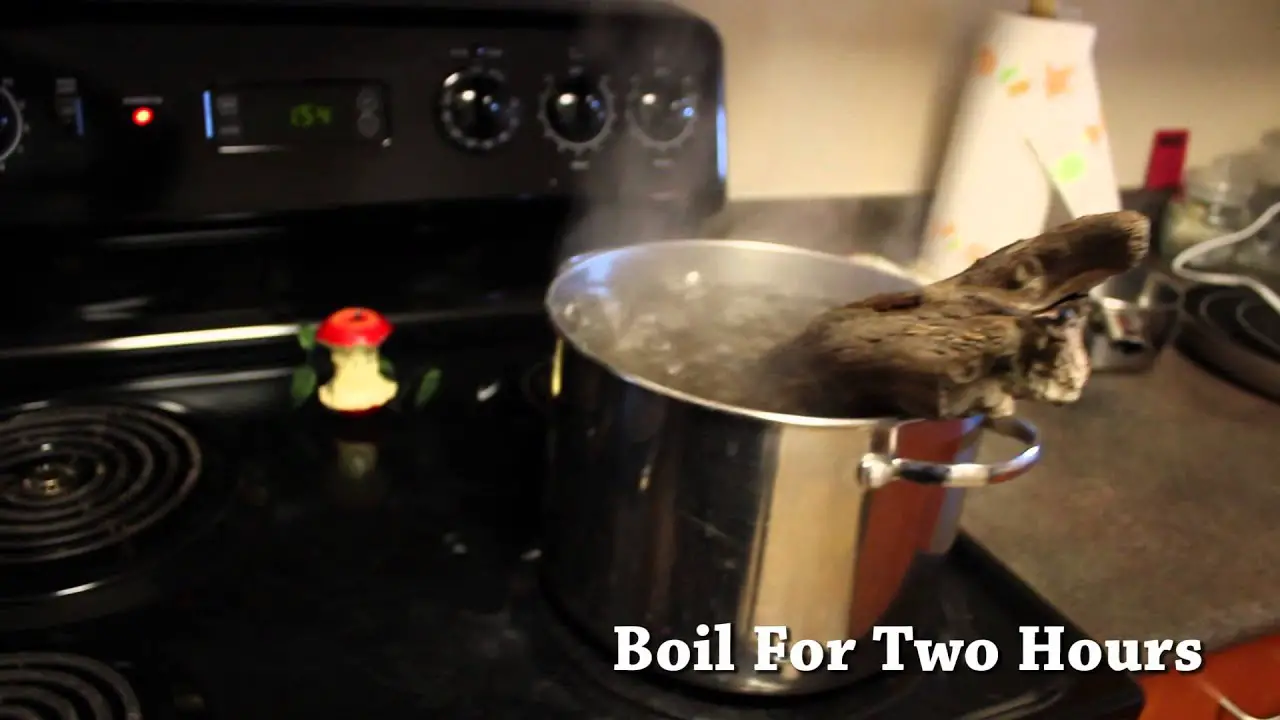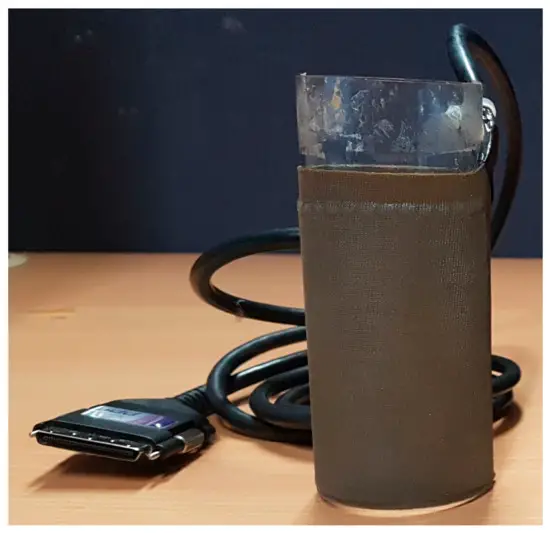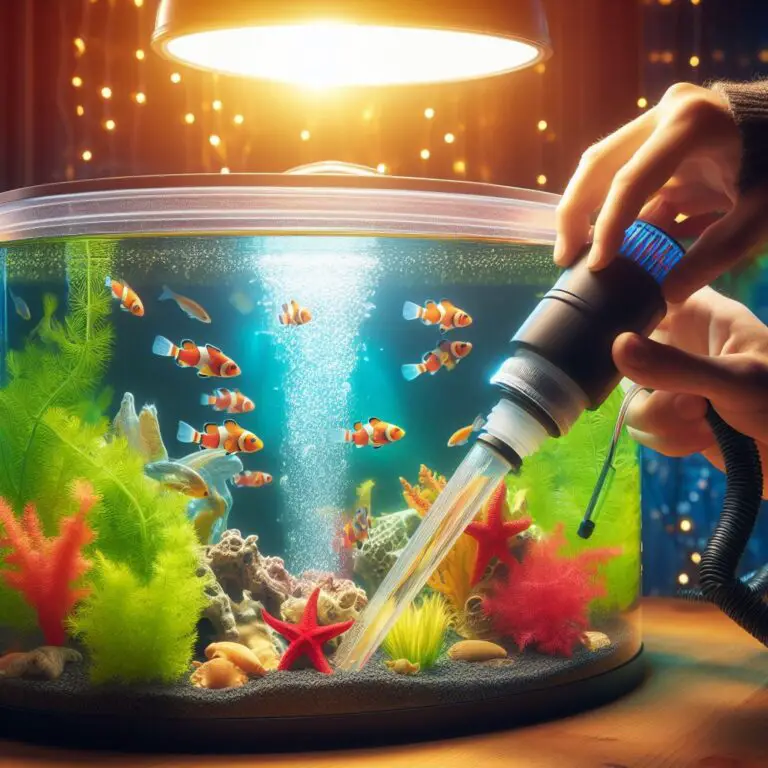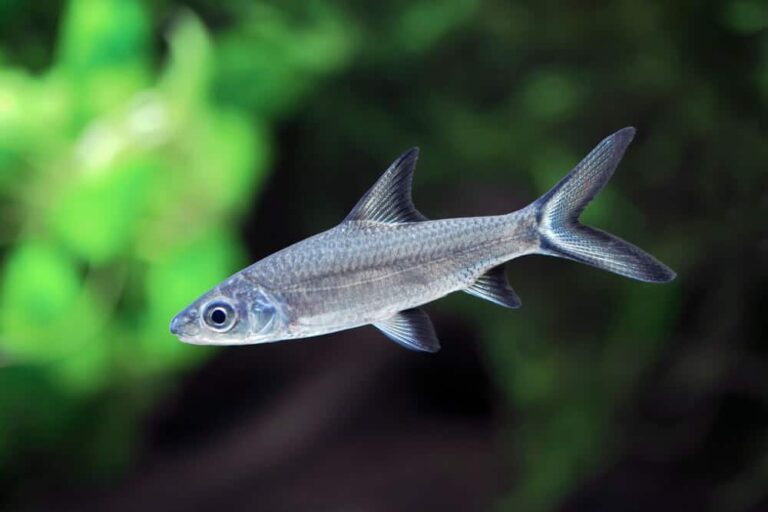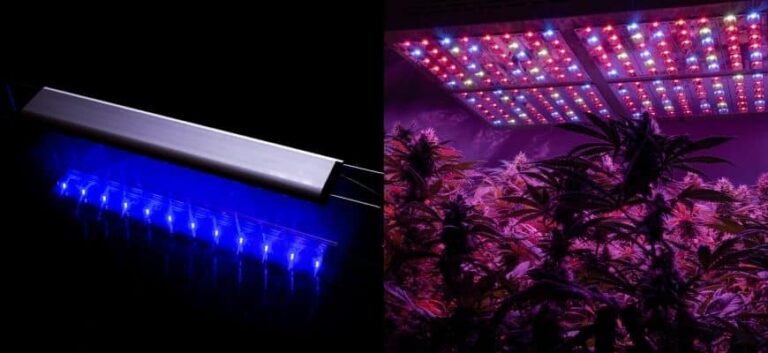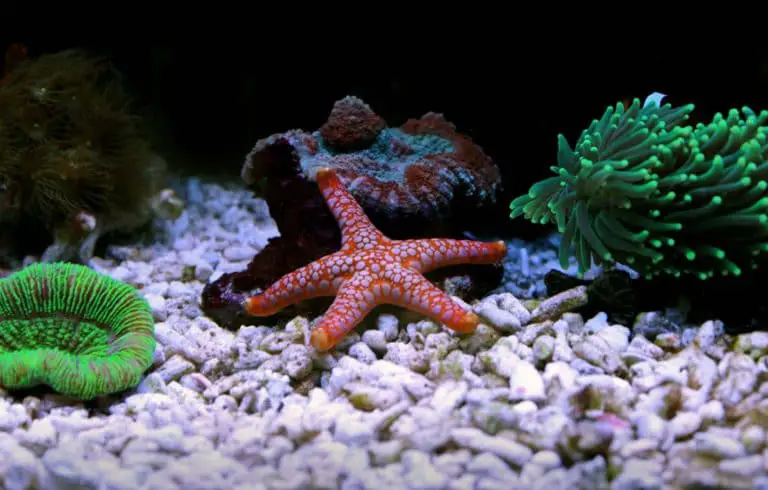How Long to Boil Driftwood for Aquarium?
Driftwood is a popular and attractive addition to aquariums, but it needs to be boiled before being added. Boiling driftwood for an aquarium should take between 30 minutes and 2 hours depending on the size of the wood. The larger pieces may need longer boiling times because they are more dense and need more time to soften them up so that they don’t release too many tannins into your tank water.
It’s best to boil in a large pot with plenty of water, cover it, bring it up to a rolling boil and then reduce the heat and simmer for at least half an hour (upwards of two hours). Once cooled, you can rinse off the excess debris from any bark or sap residue before adding your driftwood into your tank.
Boiling driftwood for an aquarium is a necessary step to ensure that it’s safe for your tank and won’t introduce any bacteria or toxins. The amount of time needed to boil the driftwood depends on several factors, including its size and density. Generally speaking, you should allow between 30 minutes and 2 hours of boiling time; however, if the wood appears especially dense then it may need even more time in the pot.
After boiling, make sure to let the driftwood cool completely before adding it to your aquarium.
How Long to Boil Driftwood to Remove Tannins
Boiling driftwood is an effective way to remove tannins from the wood, which can create a yellowish or brown tint in your aquarium. Boil the driftwood for at least one hour but preferably two hours if possible. If you boil it for too long, however, it could begin to break down and rot – so be sure not to go overboard with boiling!
How Long to Boil Driftwood to Sink
Boiling driftwood is a great way to sink it if you need it to stay submerged in an aquarium or other body of water. The amount of time needed for boiling will depend on the size, and type, of wood you are working with; however, in general it should take anywhere from 30 minutes up to two hours before the wood has had enough time to become saturated with water and sink.
How to Make Driftwood Safe for Aquarium
Making driftwood safe for an aquarium is a simple process that requires boiling the wood in water to kill off any potential contaminants. Boiling the driftwood for at least 30 minutes ensures that any harmful bacteria or parasites are destroyed, making it safe and suitable for use in an aquarium environment. Once boiled, it should be rinsed with hot tap water before being added to the tank.
By taking these steps, you can ensure your fish have a clean and healthy habitat free of hazardous materials.
Are Driftwood Tannins Good for Fish
Driftwood tannins are a great addition to aquariums and can be beneficial for fish. Tannins help create an environment similar to natural habitats, by lowering the pH of the water while also providing essential nutrients such as calcium, iron and magnesium. The tannins also have antibacterial properties that help keep bacteria levels low in the tank which is important for keeping healthy fish.
Additionally, driftwood provides shelter and hiding places for fish which can reduce stress levels.
How to Boil Driftwood for Aquarium
Boiling driftwood is an essential step to make it safe for use in aquariums. Before adding the wood to your tank, fill a large pot with enough water to cover the wood completely and bring it to a boil. Once boiling, leave the driftwood in for at least 45 minutes before draining and allowing it to cool.
This process kills off any potential parasites or bacteria that may be present on the wood, making it safe for use in your aquarium environment.
Boiling Driftwood to Make It Sink
Boiling driftwood is a great way to make it sink in water. Boiling the wood helps to remove any air pockets that are created when the wood soaks up water, causing it to float. When boiling the driftwood, be sure to keep an eye on it and make sure not to boil it for too long as this can cause damage to the wood fibers.
After boiling, allow your driftwood some time to cool before placing in your aquarium or pond.
How to Boil Large Driftwood
Boiling large driftwood is an important first step in preparing it for use in aquariums and other aquatic habitats. To do this, start by filling a large bucket or pot with water, then bring the water to a rolling boil. Submerge the driftwood completely and let it boil for 30 minutes.
This will help release any tannins that could leach into your aquarium water and affect pH levels, as well as killing off any bacteria or parasites present on the wood. After boiling, rinse the wood thoroughly with cold water before adding it to your tank.
How to Soak Driftwood for Aquarium
Soaking driftwood for an aquarium is a great way to add some unique decoration and provide natural benefits to the water. Before adding it to the tank, you should soak the driftwood in cold water for at least 2 weeks, changing the water every few days. This will help remove excess tannins that can discolor your aquarium’s water and make sure that any unwanted bacteria or parasites are removed from the wood before going into your tank.

Credit: driftwoodacademy.com
How Many Times Do I Have to Boil Driftwood for Aquarium?
When it comes to boiling driftwood for aquariums, the answer is actually quite simple: you only need to boil once! Boiling your driftwood before placing it in an aquarium helps remove any toxins and bacteria that may be present on the wood. Boiling also helps soften the wood so that it can better absorb water, allowing beneficial bacterial colonies to colonize quickly.
To properly prepare your driftwood for use in an aquarium, first place it into a pot of water and bring it to a rolling boil, then let the wood simmer for 1-2 hours until all visible bubbles have stopped forming. Once this process has been completed, allow the wood to cool completely before adding it into your tank – boiled or not, untreated pieces of driftwood should never be added directly into an active fish tank as they could contain harmful compounds like tannins which can discolor the water and disrupt pH levels. As long as you follow these steps carefully when boiling your driftwood for use in an aquarium setting, one time will suffice – just make sure that you give yourself plenty of time between boiling and adding it into your tank so that everything stays safe!
How Long to Boil Driftwood to Make It Sink?
Boiling driftwood is a great way to make it sink when using it for aquarium decorations or other aquatic purposes. Depending on the size and type of driftwood, boiling times can vary drastically. The most common method to prepare driftwood is by boiling it in water until all air pockets are gone.
Generally speaking, smaller pieces require less time than larger ones, but as a general rule of thumb you should boil your driftwood for at least 15 minutes per inch of thickness. If you have thicker pieces (over 3 inches thick) then double the recommended time and add 10-15 minutes extra just to be sure that all air pockets are eliminated. Additionally, some types of wood may take longer due to their density so if you have any doubts about how long your piece needs to be boiled for then err on the side of caution and give it an extra 5-10 minutes in order to ensure that enough time has been given for proper saturation.
Will Driftwood Sink After Boiling?
When it comes to boiling driftwood, the answer is not so straightforward. While some types of driftwood may sink when boiled for a long enough time, this is not always the case. In general, softer and more porous types of driftwood tend to be more likely to sink after boiling than harder woods like oak or ash.
The reason for this is that softer woods have less lignin in them which means they are easier for water molecules to pass through and fill up the inner structure of the wood causing it to become heavier and therefore sink. On the other hand, hardwoods usually contain much higher amounts of lignin making them more resistant to taking on extra moisture and thus keeping them afloat longer even when boiled. So while boiling can eventually cause any type of driftwood to sink if done long enough, some types may take longer than others due solely based on their composition.
Do You Have to Boil Store Bought Driftwood for Aquarium?
When it comes to adding driftwood to your aquarium, store-bought is usually the way to go. While collecting natural driftwood from lakes and rivers may seem like a great option, there are several potential risks associated with using untreated wood in an aquarium. To ensure you don’t introduce any contaminants or pollutants into your tank, it is important that you boil store bought driftwood prior to introducing it into the tank.
Boiling helps remove any dirt, debris and other unwanted materials from the wood as well as killing off any bacteria or parasites that could potentially harm fish health. It also helps reduce tannins which can cause water discoloration over time if not boiled properly prior to use. When boiling store bought driftwood for an aquarium make sure you boil for at least 20 minutes before removing from heat source and allowing the wood to cool completely before placing into tank; this will help prevent further leaching of tannins during placement in water environment.
How Do You Treat Driftwood before Putting in an Aquarium?
Treating driftwood before putting it in an aquarium is a crucial step to ensure that your aquatic environment remains healthy. Before submerging your driftwood, you should take steps to prepare it properly. First, be sure to thoroughly rinse the wood with hot water and use a brush or cloth to remove any dirt and debris.
If the wood still has bark on it, make sure to remove this as well since it can leech tannins which can discolor the water in your tank. Next, if you are using boiled driftwood for decoration purposes only, boil it for at least 20 minutes prior to introduction into the tank; this will kill off bacteria and fungus present on the surface of the wood. However, if you plan on boiling driftwood for its beneficial properties (such as providing shelter or food) do not boil more than 10 minutes since doing so may strip away many of these beneficial compounds from the wood itself.
How Long Does It Take for Tannins to Go Away?
It depends on the source of the tannins, but generally it can take anywhere from a few days to a few weeks for tannins to go away. Tannins are compounds found in plants and other organic matters that cause discoloration, odor and taste changes when present in water. If your tap water has high levels of these compounds, you may want to consider investing in reverse osmosis filtration or activated carbon filters which help reduce the amount of tannins present.
Additionally, running your water through an aeration system (an air pump) will help remove some of the dissolved gasses associated with higher levels of tannin concentration. However, depending on how much is present it could take several cycles through this process before any significant changes occur in terms of taste or color improvement. Boiling your water is also a great way to reduce its level as heat causes them to evaporate out into steam while reducing their presence within liquid form altogether; however like most methods this too takes time so patience is key!
How to Prepare Driftwood
Conclusion
In conclusion, boiling driftwood for an aquarium is a great way to ensure that the wood is free from harmful bacteria and organisms. Boiling times will vary depending on the type of wood and size, however it is generally recommended to boil for 3-4 hours to ensure that all contaminants have been killed. Be sure to follow proper safety guidelines when boiling driftwood for your aquarium and never leave it unattended.
